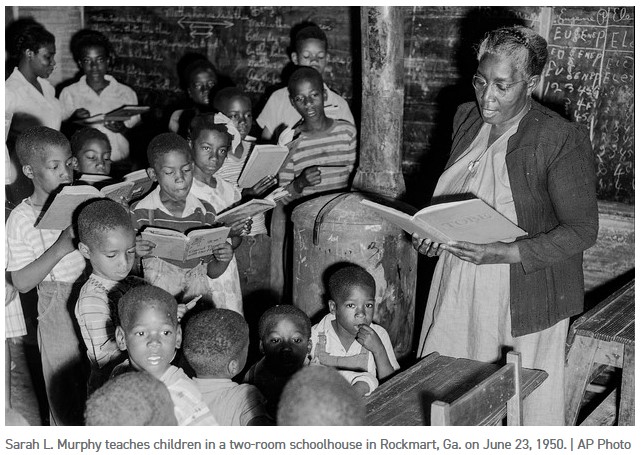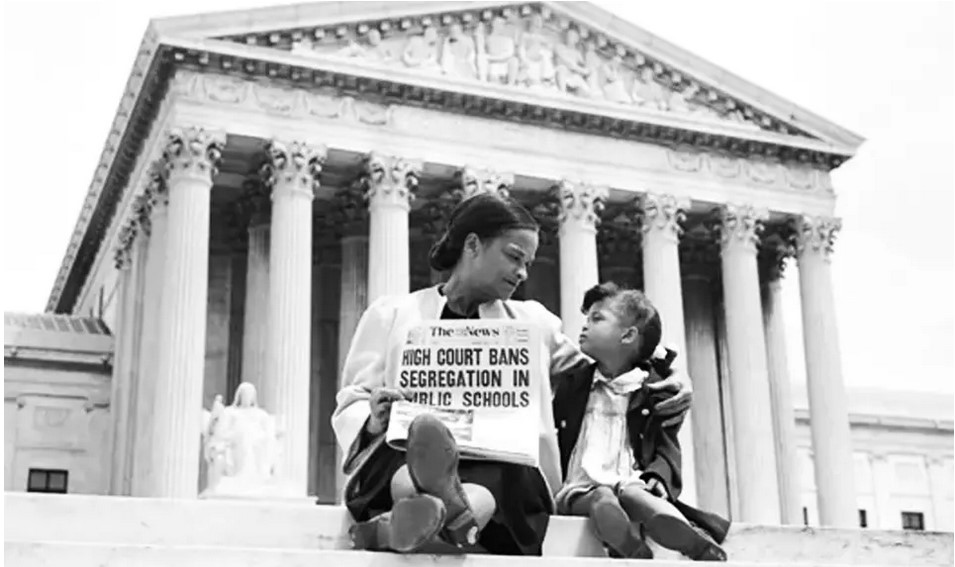Words That Made The Difference

Brown - Briefly
- What is Brown v. Board of Education?
- It's the landmark 1954 Supreme Court case that ruled racial segregation in public schools unconstitutional
- What are Black Codes?
- Black codes were laws passed in the Southern United States after the Civil War to limit the rights of African Americans and to ensure they remained available as a cheap labor force
- What is the Doll Case?
- The doll case, also known as the doll tests, was a series of psychological experiments conducted in the 1940s by African American psychologists Kenneth and Mamie Clark. The experiments were designed to study the effects of segregation on African American children
- Was education of black children illegal?
- Yes, education for Black children was illegal in some Southern states, especially during the era of slavery:
Before the Civil War
Most Southern states passed laws in the 1830s that made it illegal to teach enslaved people how to read.
After the Civil War
The U.S. government required former slaveholding states to educate both Black and white children. However, Southern leaders passed Jim Crow laws in the late 1870s to segregate Black and white people. - What is SCOTUS Plessy v. Ferguson?
- Plessy v. Ferguson was a 1896 Supreme Court case that upheld the constitutionality of "separate but equal" racial segregation laws
- What is the 14th amendment?
- The 14th Amendment to the United States Constitution grants citizenship and equal rights to all people born or naturalized in the United States
- What state was last to ratify the 14th amendment?
- South Carolina was the last state to ratify the 14th Amendment to the U.S. Constitution, on July 9, 1868
- Is Brown v Board in danger of being overturned?
- Yes

